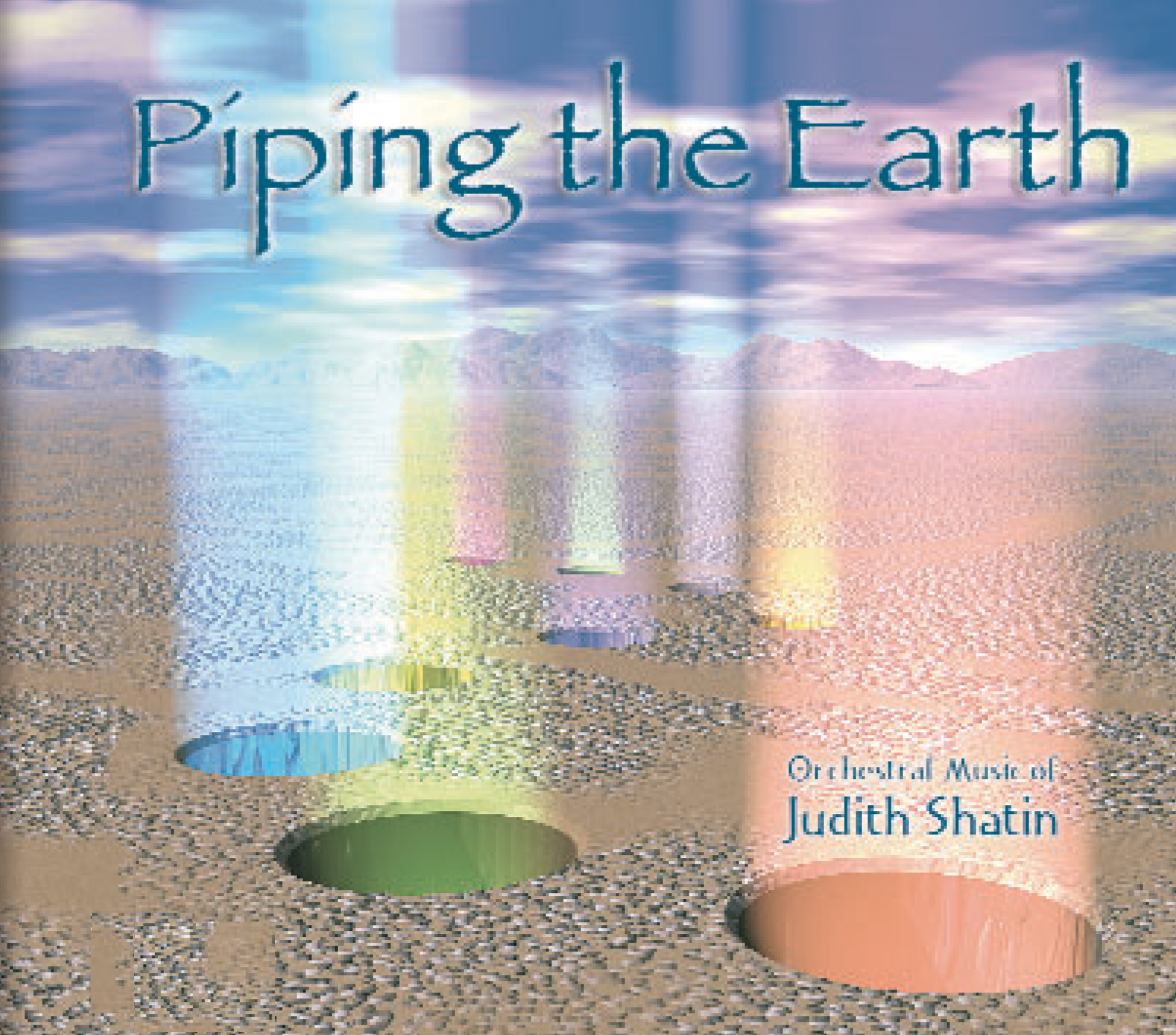When I was commissioned to compose an orchestral piece for the Women’s Philharmonic, with support both from the orchestra and National Endowment for the Arts Composition Fellowship, I did not begin with a clear idea of the composition. Rather, I let various ideas percolate, and kept my musical antennae up. One day, I attended a lecture presented by the East Asain area at UVA on the Chuang Tzu, and heard a passage about ‘the piping of heaven and earth’ that immediately sparked a musical response. In addition to the beauty and resonance of the image, is the notion, in the piping of the earth, that wind blowing through different spaces sounds different, yet it is always wind.
Happily, I had a residency at the Rockefeller Center in Bellagio in the summer of 1990, just as I was beginning work on the piece. The composer’s studio is built into the side of a hill, and looks out over a forested area and the Lago di Como shimmers in the distance. I was always aware of this shifting weather, how winds would rise from the lake and sudden storms would sweep in. At other times, the deep clarity of the sky, with gentle breezes or still moments, would prevail. Inspired both by the Chang Tzu and by my immediate surroundings, I started imaging the composition, hearing it emerge from the lowest of orchestral rumblings. My one-movement piece begins with the merest hint of rustlings, which suddenly sweep into larger sonic spaces. As the piece progresses, these sweeps become more and more intense. Harmonically, the music is organized around three of what might be termed ‘pitch pipes,’ based on the carving out of harmonic collections.
Piping the Earth was recorded by the Moravian Philharmonic, Joel Suben conducting, and was released on the Capstone label. That disk was recently released on the Parma/Ravello label, and is available for purchase both as digital download or as a CD that contains several of my other orchestral pieces: Stringing the Bow (string orchestra), Ruah (flute concerto), and The Passion of St. Cecilia (piano concerto).
The premiere performances of Piping the Earth, led by Maestra JoAnn Falletta, received rave reviews including those excerpted below.
“The evening’s high point came midway through the second half, with the premiere of Judith Shatin’s exuberant and captivating Piping the Earth. Vividly orchestrated and bursting with imaginative detail, the piece grabs a listener’s attention right from the opening moment, an ominous stillness in which a low wind can be heard creeping through the bassoons, cellos and bass drum.-San Francisco Chronicle
“…It hardly prepared one for the musical firestorm of ‘Piping the Earth,’ a new, one-movement work by Judith Shatin. Apparently conceived as an investigation of the way sound changes in space, the finished work does propose an active and ever-changing soundscape over a constant (if hardly static) harmonic base. –Sacramento Bee
“It also enthralls. There’s no sense of detached, solipsistic, intellectual enterprise in this work, which dazzles with its array of active sound surfaces and shapes. Falletta’s sure grasp of the work allowed it to take its multi-directional course with confidence about its outcome. The performance was breathtaking.” –San Francisco Examiner
It is perhaps a sorry comment on the difficulties of post-premiere performances that this piece has been performed so rarely. The Richmond Symphony, under the able direction of Mark Russel Smith, performed it, as has the Charlottesville and University Community Orchestra. Still, the voyage of creation was well worth taking, and the metaphorical whisper and whipping of the wind was a great inspiration, as was the meditation on the constancy beneath so much change.
